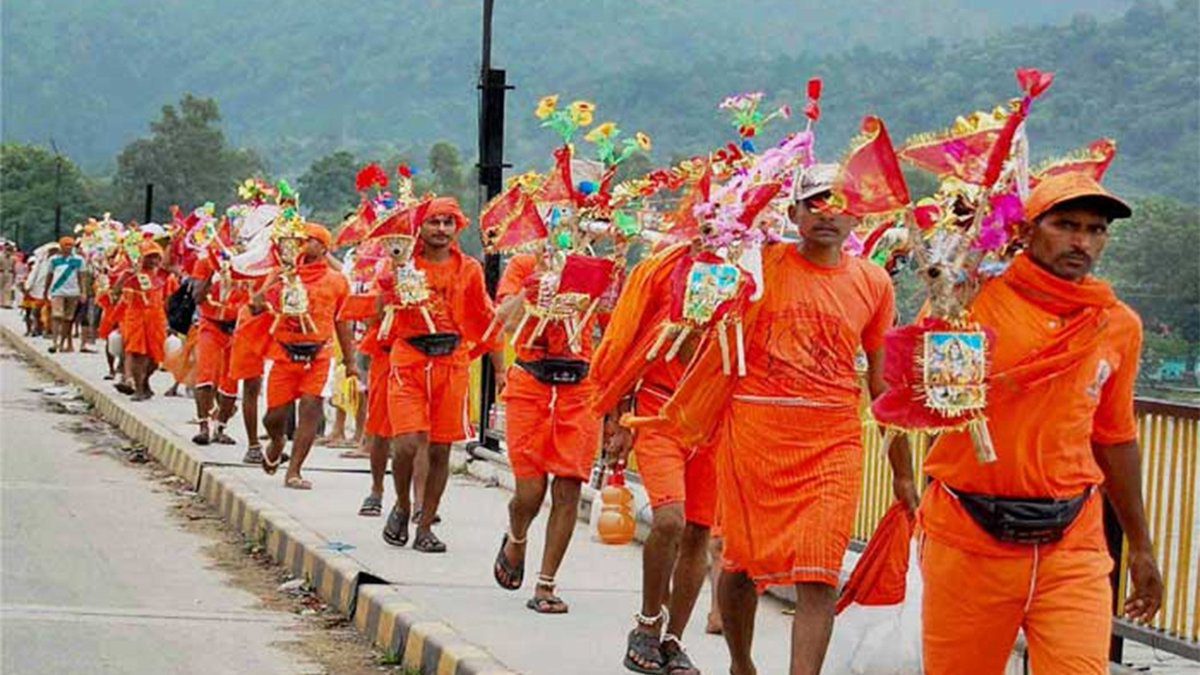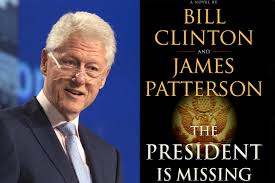Reading Time: 4 minutes
While the targets of the gau rakshaks are only Muslims, the rampages of the Kanwariyas affect all communities, especially the Hindu middle class who have to be careful while driving lest their cars brush against some of the pilgrims, arousing their wrath. Even when the Kanwariyas walk peacefully in towns and villages, or pass by motor cycles or trucks, they make the others nervous as a large group of people united by a common objective nearly always does. The government can ill afford to allow such uneasiness to persist. A report for Different Truths.
Why has the vandalism of the Kanwariyas and not the violence of the gau rakshaks (cow vigilante) made the government aware of the near-anarchic conditions in the country, as a petitioner to the Supreme Court has alleged?
The reason is that while the targets of the gau rakshaks are only Muslims, the rampages of the Kanwariyas affect all communities, especially the Hindu middle class who have to be careful while driving lest their cars brush against some of the pilgrims, arousing their wrath. Even when the Kanwariyas walk peacefully in towns and villages, or pass by motor cycles or trucks, they make the others nervous as a large group of people united by a common objective nearly always does. The government can ill afford to allow such uneasiness to persist, especially when the number of Kanwariyas appears to be increasing every year.
The incidents of violence that have taken place have seemingly alerted the ruling party since such outbreaks cannot but be electorally damaging if the impression persists that the government is unwilling to act because the Kanwariyas are mostly Hindus. This belief was strengthened by the apparent hesitation on the part of the authorities in Uttar Pradesh and elsewhere in the Hindi belt to call the troublemakers to account following random incidents of violence and intimidation such as compelling the roadside dhabas (eateries) to serve only vegetarian meals.
The government’s cautious approach is not surprising since it is no secret that the present ruling dispensation at the centre and in some of the states have a soft corner for the majority community. It is only the growing public outrage, fuelled by television pictures of cars and even a police vehicle being attacked by the Kanwariyas, which has persuaded the centre to step in. The Supreme Court’s intervention may have also egged it on.
In the case of gau rakshaks, however, the attitude of the Centre and some of the state governments has been less strict although in their cases, too, the apex court has called for stern action. The most blatant instance of official lethargy in the matter of the gau rakshaks relates to the killing of Pehlu Khan, a dairy farmer, in Rajasthan, in whose case the courts had to release the accused because of “insufficient evidence” although the lynching took place in broad daylight with mobile phone cameras recording the incident going viral on social media. It is widely believed that the lack of evidence is due less to police inefficiency than to a reluctance to gather evidence.
However, the advocate-general K K Venugopal’s condemnation of the fact that there is a major case of rioting almost every week points to a realisation in the corridors of power that the situation may be going out of control. Interestingly, the attorney-general wanted to know whether any steps have been taken against the “group” which threatened to cut off the nose of the actor, Deepika Padukone, during the agitation against the film Padmavat. Given the saffron tinge of the “group”, it will not be surprising if nothing has been done.
Venugopal’s suggestion, however, that the judiciary should haul up the Superintendent of Police for any lapses in the matter of controlling violence appears to ignore the political ground realities. The person who should really be summoned for the acts of omission and commission is the superintendent’s political boss, for the police do not always “fail” to act because of inefficiency or lack of manpower but because they are asked, usually verbally by a minister or an important party functionary, to keep the political loyalties of the rioters in mind before acting.
A judicial intervention as per the attorney-general’s suggestion has to take into account not only the role of politicians who take the side of the wrong-doers and keep the police on a tight leash, but also the society at large for, as a recent television documentary showed, the killers are lauded in their villages for protecting cows. A saffron sadhvi in Rajasthan even compared them with Bhagat Singh, while a Union minister has had a group picture taken with them after garlanding them.
The suspected beef-eaters and controversial films are not the only targets of politically-affiliated miscreants. The cancellation of a lecture in Hyderabad by the historian, Audrey Truschke, apparently because of threats by a Right-wing group underlines a latent form of violence directed against freedom of speech. Truschke has fallen foul of the Hindu Right ever since she wrote a sympathetic account of Aurangzeb’s rule. Similarly, a speech by West Bengal chief minister Mamata Banerjee at a Delhi college was called off presumably under political pressure from the Right.
Since the judiciary remains virtually the only safeguard against the rising intolerance which permeates both politics and society, perhaps it can take suo moto cognizance of instances of the suppression of free speech as well along with its advisories on sundry acts of violence.
Amulya Ganguli
©IPA Service
Photo from the Internet
















